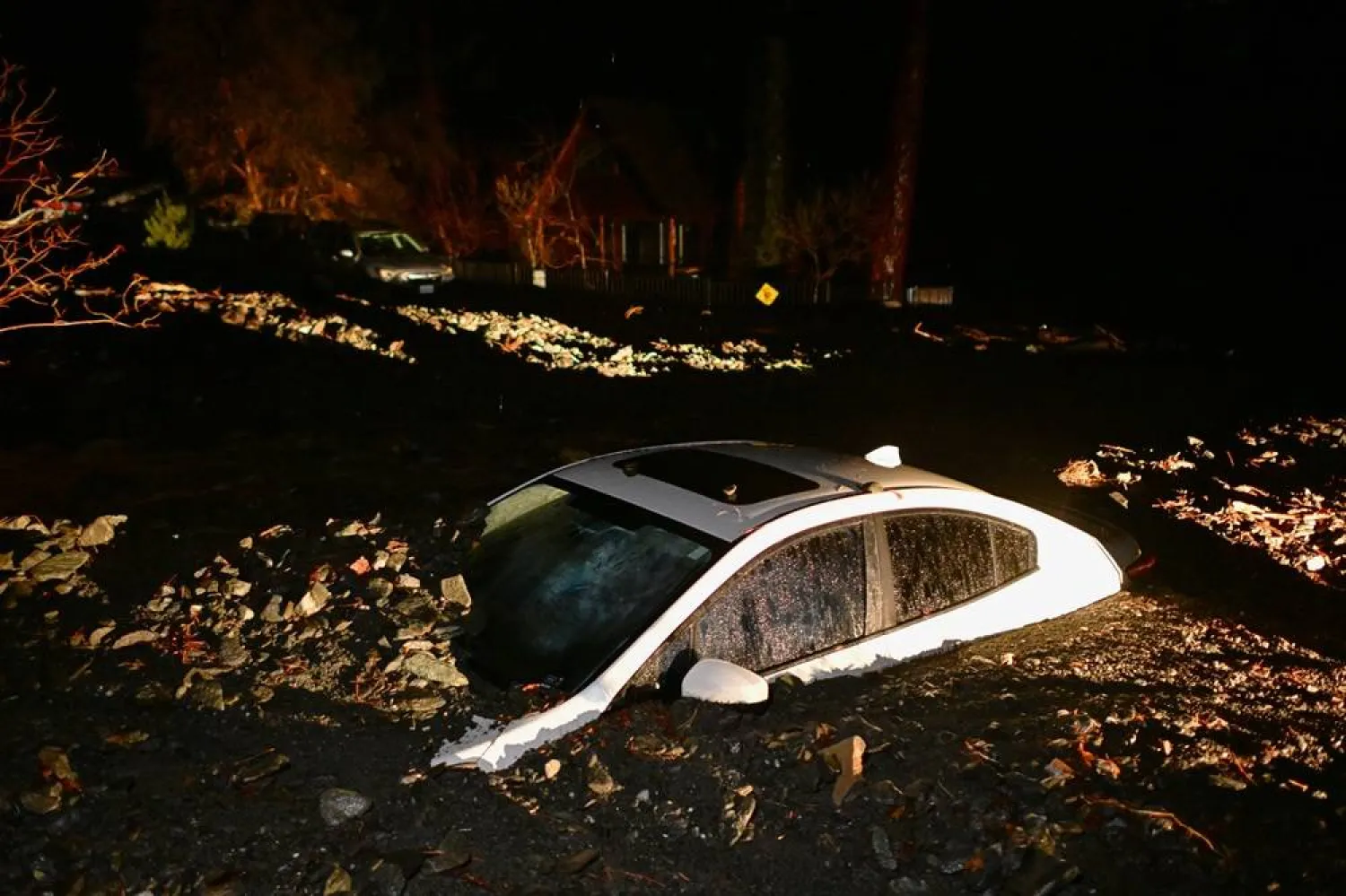Muslims around the world began marking a somber Eid al-Fitr Sunday with many of them under coronavirus lockdown.
This festival is different this year. Celebration is concealed by the fast-spreading COVID-19 pandemic, with many countries tightening lockdown restrictions after a partial easing during Ramadan led to a sharp spike in infections.
Usually, this holiday is considered one of the most important in the Muslim calendar marking the end of the holy month of Ramadan. It is traditionally celebrated with mosque prayers, family feasts and shopping for new clothes, gifts and sweet treats.
Further dampening the festive spirit, multiple countries -- from Egypt, Turkey and Syria -- have banned mass prayer gatherings, a festival highlight, to limit the spread of the disease.
Jerusalem's Al-Aqsa mosque, Islam's third holiest site, will reopen to worshippers only after Eid, its governing body said, AFP reported.
In Lebanon, the highest Sunni religious authority has announced the reopening of mosques only for Friday prayers. Worshippers, however, will be subject to temperature checks and sanitary controls before they enter.
Meanwhile, more than 3,500 Tunisians who traveled home just ahead of the holiday will have to spend it away from their families, forced to quarantine for two weeks in hotels after arriving from abroad.
Also in Iran, which has experienced the Middle East's deadliest outbreak, has called on its citizens to avoid travel during Eid as it battles to control infection rates.
Iran shut schools and places of worship and banned inter-city travel for the Persian New Year holidays in March, but the restrictions were recently eased.
Health Minister Saeed Namaki said that the country was focusing hard on avoiding "new peaks of the disease" caused by people "not respecting health regulations".
In the Syrian capital Damascus, Eid shoppers rummaged through flea markets for clothes at bargain prices as the war-ravaged and sanctions-hit country grapples with a much more entrenched economic crisis.
"The flea market is the only place I can buy something new to wear for the Eid holidays," 28-year-old Sham Alloush told AFP.
"Had it not been for this place, I wouldn't have been able to buy new clothes at all."
But promising some laughs in these dire times, 40 Muslim comedians from across the world will host a virtual show on Sunday called "The Socially Distant Eid Comedy Night".
"This Ramadan has been particularly difficult for communities around the world," said Muddassar Ahmed, head of the Concordia Forum, the organizer of the event.









